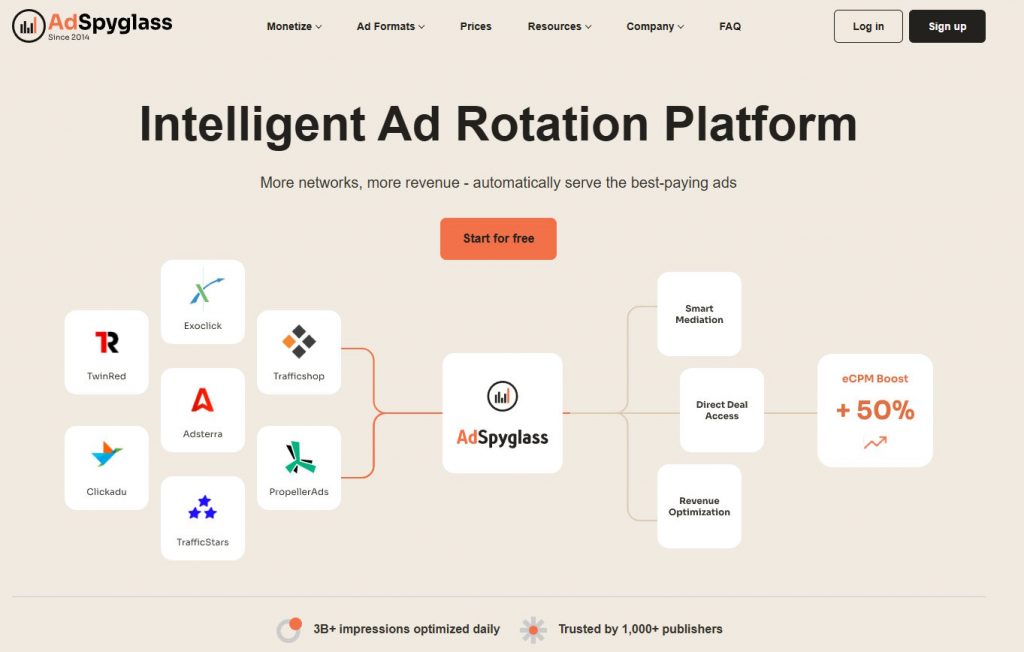Rebranding is the process aimed at brand enhancement by implementing some changes that would make it stand out in the market. The corporate image of an organization may undergo complete renewal or be changed partially, for example, its logo, design, slogan, symbol, etc. Rebranding creates a different brand identity to meet new company requirements, satisfy customer needs, or correct mistakes made by brand developers.
There are two rebranding types:
- Proactive rebranding is used for brand improvement and attracting new customers. Business owners are sure that new changes will have a positive impact on their overall success.
- Reactive rebranding is done when the brand undergoes unexpected changes. They may include mergers & acquisitions or legal issues. Sometimes companies succumb to negative publicity and want to beat the competition and create their niche with the help of rebranding.
Rebranding is always done to connect with the customer. Many companies change logos, slogans, or designs to meet customers’ demands and be more appealing and trustworthy. A prime example is Titan Industries’ rebranding when they created a new logo that underlined their values and sounded like: “create value, innovate, and maintain highest global standards”. And at some point, every organization will need some changes to keep up with new trends.
